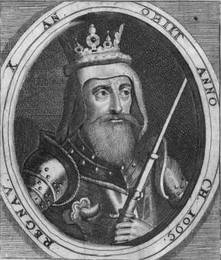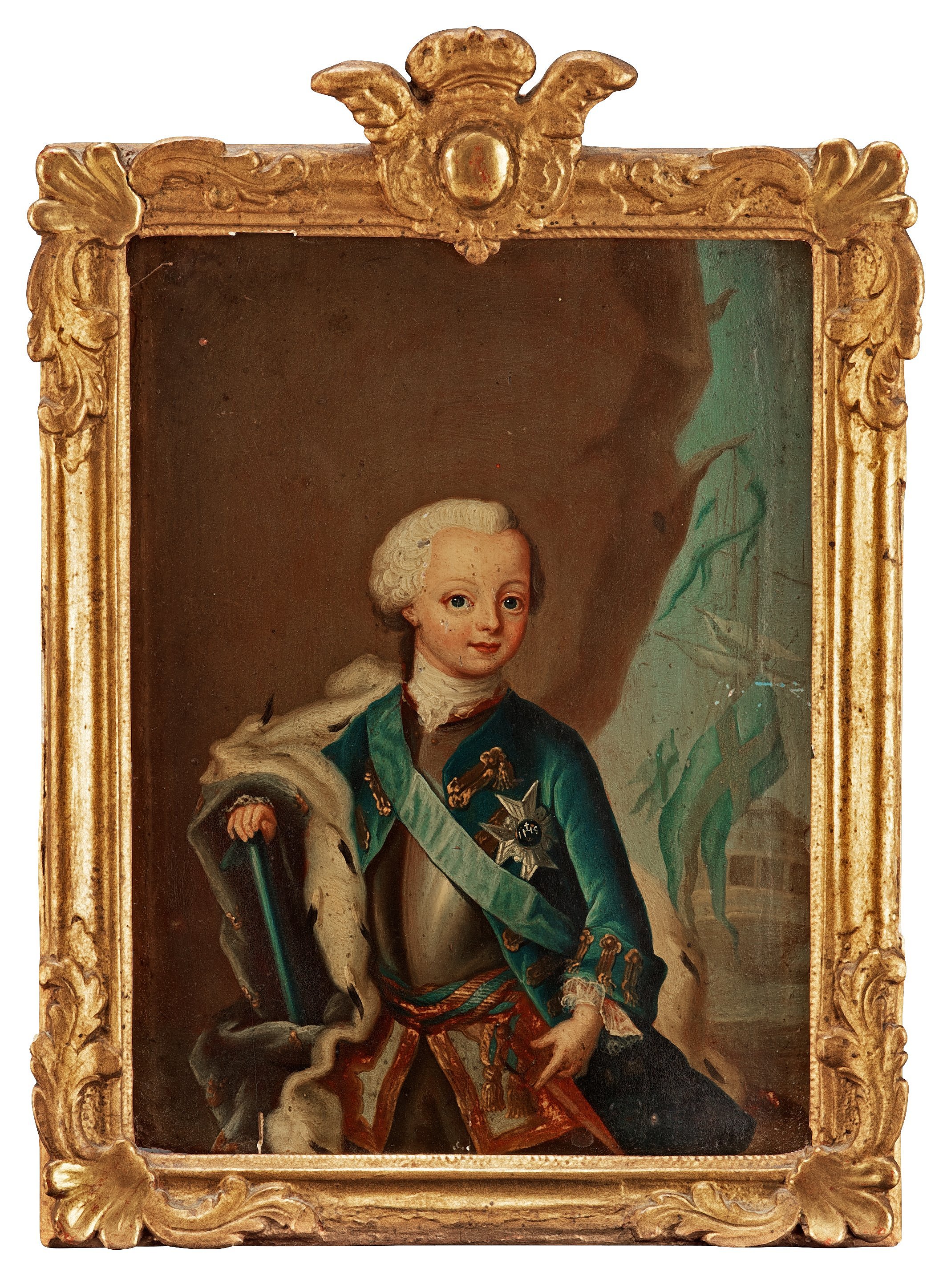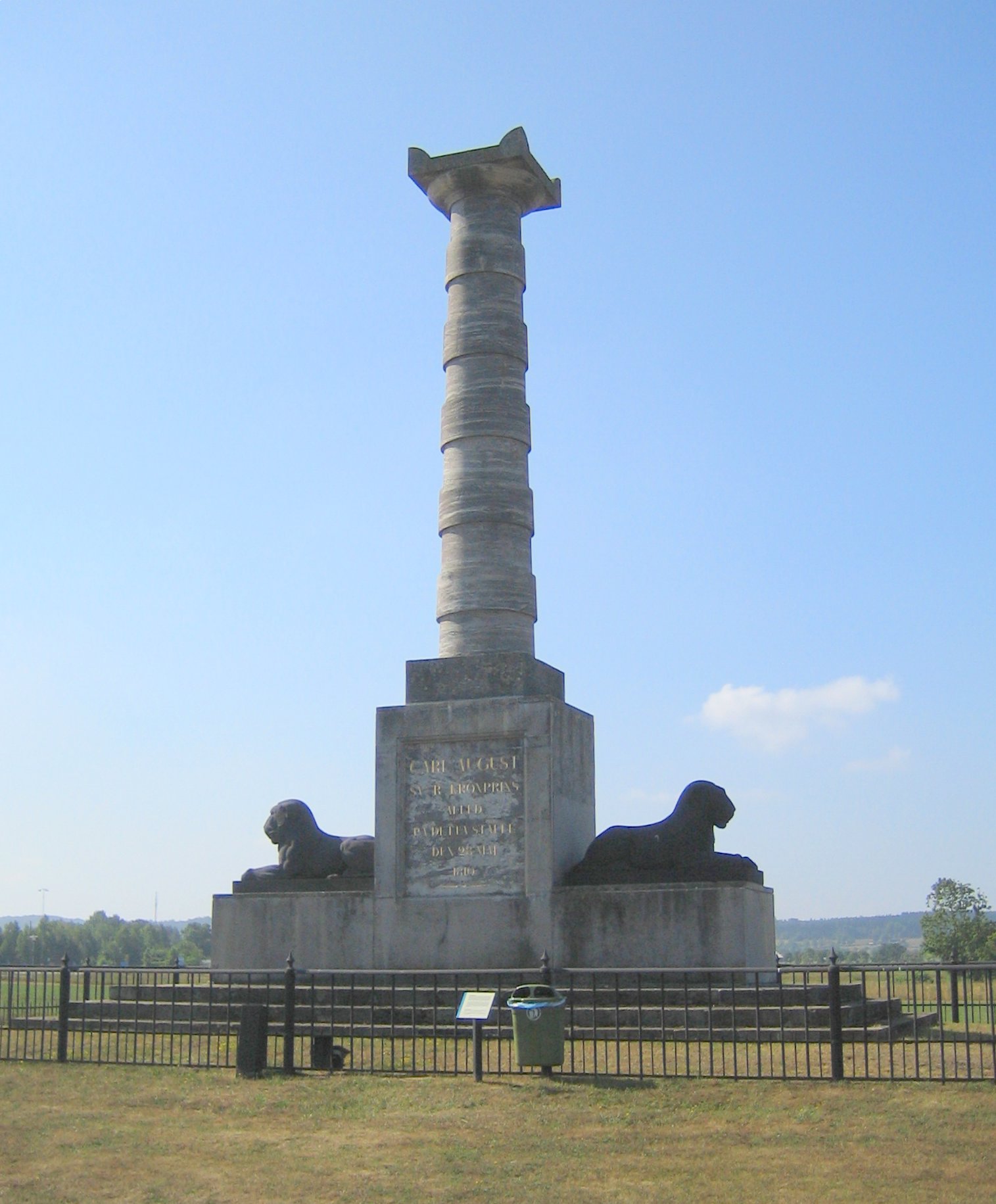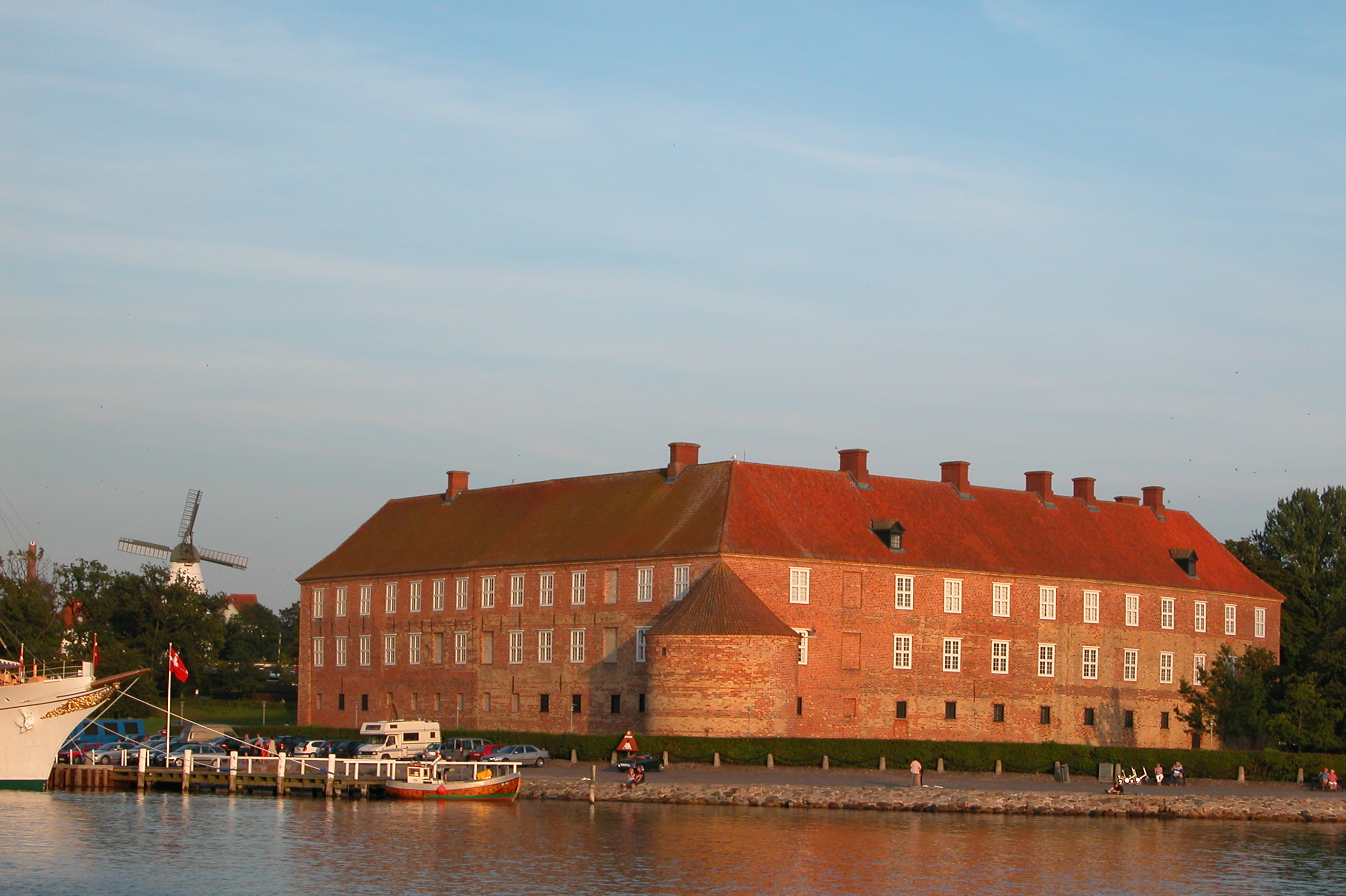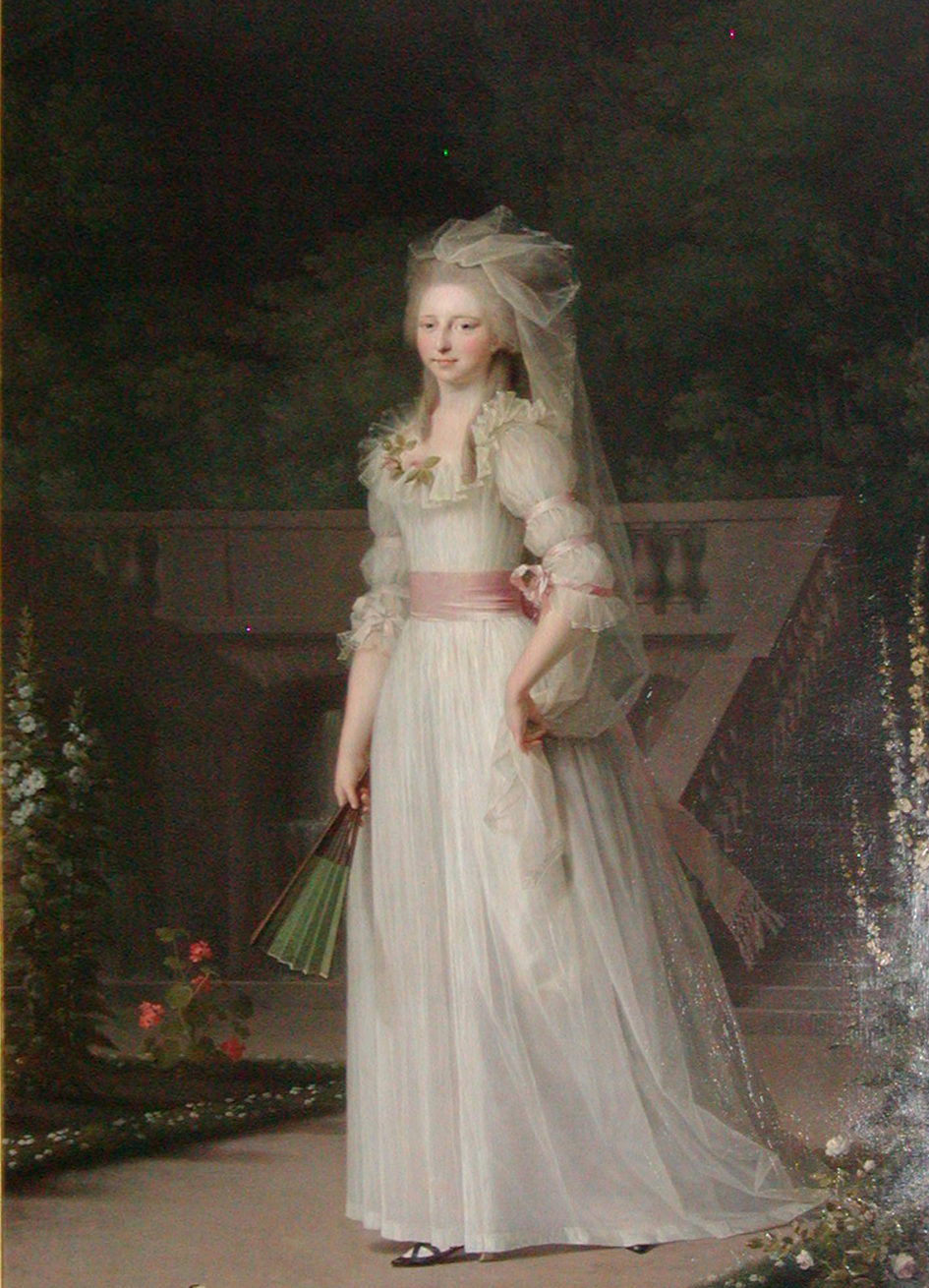|
House Of Schleswig-Holstein-Sonderburg-Augustenburg
The House of Schleswig-Holstein-Sonderburg-Augustenburg () was a branch of the dukes of Schleswig-Holstein-Sonderburg of the House of Oldenburg. The line descended from Alexander, Duke of Schleswig-Holstein-Sonderburg. Like all of the secondary lines from the Sonderburg branch, the heads of the House of Schleswig-Holstein-Sonderburg-Augustenburg were first known as Dukes of Schleswig-Holstein and Dukes of Sonderburg. The family took its name from its ancestral home, Augustenborg Palace in Augustenborg, Denmark. History The branch originated from Ernest Günther, a member of the ducal house of Schleswig-Holstein (its branch of Sønderborg) and a cadet of the royal house of Denmark. He was the third son of Alexander, 2nd Duke of Sonderborg (1573–1627), and thus a grandson of John the Younger (1545–1622), the first duke, who was a son of King Christian III of Denmark. Ernest Günther had a castle built in the years after 1651, which received the name of Augustenborg in ho ... [...More Info...] [...Related Items...] OR: [Wikipedia] [Google] [Baidu] |
Dukes Of Schleswig-Holstein
The following is a list of rulers (usually dukes) who ruled both Schleswig and Holstein, starting from the first Holstein count who received Schleswig, until both territories were annexed by the Kingdom of Prussia in 1866; and afterwards, titular dukes. The Houses of Schauenburg and Estridsen In the course of history, the County of Holstein was several times partitioned among the inheriting sons into up to six lines. In 1386 King Oluf II of Denmark and his mother-regent, Queen Margaret I, enfeoffed in Nyborg Gerhard VI, Count of Holstein-Rendsborg and his cognatic successors with the Duchy of Schleswig, which had been in the royal family's hands until 1375. He was as Gerhard II duke of Schleswig. Until 1390 the Rendsborg branch united by inheritance all branches except of that of Holstein-Pinneberg. It remaining a separately ruled territory in Holstein until its line was extinct in 1640, when Holstein-Pinneberg was merged into the then Duchy of Holstein. Furthermore, the here ... [...More Info...] [...Related Items...] OR: [Wikipedia] [Google] [Baidu] |
Schleswig-Holstein Question
Schleswig-Holstein (; da, Slesvig-Holsten; nds, Sleswig-Holsteen; frr, Slaswik-Holstiinj) is the northernmost of the 16 states of Germany, comprising most of the historical duchy of Holstein and the southern part of the former Duchy of Schleswig. Its capital city is Kiel; other notable cities are Lübeck and Flensburg. The region is called ''Slesvig-Holsten'' in Danish and pronounced . The Low German name is ''Sleswig-Holsteen'', and the North Frisian name is ''Slaswik-Holstiinj''. In more dated English, it is also known as ''Sleswick-Holsatia''. Historically, the name can also refer to a larger region, containing both present-day Schleswig-Holstein and the former South Jutland County (Northern Schleswig; now part of the Region of Southern Denmark) in Denmark. It covers an area of , making it the 5th smallest German federal state by area (including the city-states). Schleswig was under Danish control during the Viking Age, but in the 12th century it escaped full control a ... [...More Info...] [...Related Items...] OR: [Wikipedia] [Google] [Baidu] |
Frederick III Of Denmark And Norway
Frederick III ( da, Frederik; 18 March 1609 – 9 February 1670) was King of Denmark and Norway from 1648 until his death in 1670. He also governed under the name Frederick II as diocesan administrator (colloquially referred to as prince-bishop) of the Prince-Bishopric of Verden (1623–29 and again 1634–44), and the Prince-Archbishopric of Bremen (1635–45). The second-eldest son of Christian IV and Anne Catherine of Brandenburg, Frederick was only considered an heir to the throne after the death of his older brother Prince Christian in 1647. He instituted absolute monarchy in Denmark-Norway in 1660, confirmed by law in 1665 as the first in Western historiography. He also ordered the creation of the Throne Chair of Denmark. In order to be elected king after the death of his father, Frederick conceded significant influence to the nobility. As king, he fought two wars against Sweden. He was defeated in the Dano-Swedish War of 1657–1658, but attained great popularit ... [...More Info...] [...Related Items...] OR: [Wikipedia] [Google] [Baidu] |
Charles XIII Of Sweden
Charles XIII, or Carl XIII ( sv, Karl XIII, 7 October 1748 – 5 February 1818), was King of Sweden from 1809 and King of Norway from 1814 to his death. He was the second son (and younger brother to King Gustav III) of King Adolf Frederick of Sweden and Louisa Ulrika of Prussia, sister of Frederick the Great. Though known as King Charles XIII in Sweden, he was actually the seventh Swedish king by that name, as Charles IX (reigned 1604–1611) had adopted his numeral after studying a fictitious history of Sweden. In Norway he is known as Charles II. Early life Prince Charles was placed under the tutelage of Hedvig Elisabet Strömfelt and then Ulrica Schönström. He was appointed grand admiral when he was but few days old. He was described as a good dancer at the amateur theatre of the royal court. Reportedly he was not very close to his mother. The Queen preferred her youngest children, Sophie Albertine and Frederick Adolf.Alma Söderhjelm (1945). ''Gustav III:s sysko ... [...More Info...] [...Related Items...] OR: [Wikipedia] [Google] [Baidu] |
Prince Christian August Of Augustenborg
Charles August or Carl August (9 July 1768 – 28 May 1810) was a Danish prince. He is best known for serving as Crown Prince of Sweden briefly in 1810, adopted by Charles XIII, before his sudden death from a stroke. Earlier, he had been a general in the Royal Danish Army as well as the Governor-general of Norway. His name before assuming the Swedish title in 1810 was Christian August of Schleswig-Holstein-Sonderburg-Augustenburg, or Christian August of Augustenburg for short. Family He was born at Augustenborg Palace in July 1768 as the son of Friedrich Christian I, Duke of Schleswig-Holstein-Sonderburg-Augustenburg (1721–1794) and Princess Charlotte of Schleswig-Holstein-Sonderburg-Plön (1744–1770). He was a younger brother of Frederik Christian II, Duke of Augustenborg, brother-in-law of Princess Louise Auguste of Denmark and an uncle of Caroline Amalie of Augustenburg, Queen consort of Denmark and Christian August, Duke of Augustenborg. He did not marry. Career in ... [...More Info...] [...Related Items...] OR: [Wikipedia] [Google] [Baidu] |
Sønderborg Castle
(; german: Sonderburg ) is a Danish town in the Region of Southern Denmark. It is the main town and the administrative seat of Sønderborg Municipality (Kommune). The town has a population of 27,766 (1 January 2022),BY3: Population 1. January by urban areas, area and population density The Mobile Statbank from in a municipality of 73,711. In recent times, Sønderborg is a center for trade, tourism, industry, and education in the region of . The town is the headquarters for several industrial co ... [...More Info...] [...Related Items...] OR: [Wikipedia] [Google] [Baidu] |
Frederik Christian II, Duke Of Augustenborg
Frederick Christian II, Duke of Schleswig-Holstein-Sonderburg-Augustenburg (28 September 1765 in Augustenborg, Denmark, Augustenburg – 14 June 1814 in Augustenborg, Denmark, Augustenburg) was a Danish prince and feudal magnate. He held the island of Als and some other castles (such as Sonderborg) in Schleswig. Life Frederick Christian II was born the eldest son of Frederick Christian I, Duke of Schleswig-Holstein-Sonderburg-Augustenburg (1721–1794), by his wife and cousin Princess Princess Charlotte Amalie Wilhelmine of Schleswig-Holstein-Sonderburg-Plön, Charlotte of Schleswig-Holstein-Sonderburg-Plön (1744–1770). Until his father's death, he was styled "Hereditary Prince of Augustenborg". He was a prince with an exceptionally high level of Danish blood in his ancestry: his maternal grandmother, paternal grandmother, and paternal great-grandmother having been born, respectively, Countess of Reventlow, Countess of Danneskiold-Samsøe, and Countess of Ahlefeldt-Langeland. ... [...More Info...] [...Related Items...] OR: [Wikipedia] [Google] [Baidu] |
Louise Auguste Of Denmark
Princess Louise Augusta of Denmark and Norway (7 July 1771 – 13 January 1843) was the daughter of the Queen of Denmark-Norway, Caroline Matilda of Great Britain. Though officially regarded as the daughter of King Christian VII, it is widely accepted that her biological father was Johann Friedrich Struensee, the king's royal physician and ''de facto'' regent of the country at the time of her birth.Dansk Kvindebiografisk Leksikon She was referred to sometimes as "la petite Struensee"; this did not, however, have any effect on her position. Early life She was born at Hirschholm Palace in present-day Hørsholm municipality, Denmark. After the arrest of Struensee and Queen Caroline Matilda on 17 January 1772, and the subsequent execution of Struensee and the banishment and imprisonment of her mother, she was raised at the Danish court residing at Christiansborg Palace, Copenhagen along with her four-year-old brother, Crown Prince Frederick, under the supervision of Juliana Ma ... [...More Info...] [...Related Items...] OR: [Wikipedia] [Google] [Baidu] |
Andreas Peter Bernstorff
Andreas Peter Bernstorff (28 August 173521 June 1797), also known as Andreas Peter Graf von Bernstorff, was a Danish diplomat and Foreign Minister. He was a guardian of civil and political liberty. Background and early career Bernstorff was born in Hanover as a nephew of the statesman Johann Hartwig Ernst von Bernstorff (1712-72), whose position probably introduced him to Danish politics. His uncle induced him to study in the German and Swiss universities and travel for some years in Italy, France, England and Holland, to prepare himself for a statesman’s career. During these years he made the acquaintance of the poets Gellert and Jacobi, the writer Jean-Jacques Barthélemy, the duc de Choiseul, and Gottfried Achenwall, the statistician. After his European tour, he joined the Danish state service, first as a courtier and then from 1760 as a state official, both in foreign political and financial matters. His career was slow but steady. During the 1760s, he placed himself as ... [...More Info...] [...Related Items...] OR: [Wikipedia] [Google] [Baidu] |
Frederick VI Of Denmark
Frederick VI ( Danish and no, Frederik; 28 January 17683 December 1839) was King of Denmark from 13 March 1808 to 3 December 1839 and King of Norway from 13 March 1808 to 7 February 1814, making him the last king of Denmark–Norway. From 1784 until his accession, he served as regent during his father's mental illness and was referred to as the "Crown Prince Regent" ( no, kronprinsregent, link=no). For his motto he chose ''God and the just cause'' ( da, Gud og den retfærdige sag, link=no) and since the time of his reign, succeeding Danish monarchs have also chosen mottos in the Danish language rather than the formerly customary Latin. As Frederick VI had no surviving sons to succeed him (only two daughters), he was succeeded on the throne of Denmark by his half-first cousin Christian, who was his father's half-brother's son. Early life Frederick was born at Christiansborg Palace in Copenhagen. Frederick belonged to the House of Oldenburg. His parents were King Christian V ... [...More Info...] [...Related Items...] OR: [Wikipedia] [Google] [Baidu] |
Holstein
Holstein (; nds, label=Northern Low Saxon, Holsteen; da, Holsten; Latin and historical en, Holsatia, italic=yes) is the region between the rivers Elbe and Eider. It is the southern half of Schleswig-Holstein, the northernmost state of Germany. Holstein once existed as the German County of Holstein (german: Grafschaft Holstein, links=no; 811–1474), the later Duchy of Holstein (german: Herzogtum Holstein, links=no; 1474–1866), and was the northernmost territory of the Holy Roman Empire. The history of Holstein is closely intertwined with the history of the Danish Duchy of Schleswig ( da, Slesvig, links=no). The capital of Holstein is Kiel. Holstein's name comes from the Holcetae, a Saxon tribe mentioned by Adam of Bremen as living on the north bank of the Elbe, to the west of Hamburg. The name means "dwellers in the wood" (Northern Low Saxon: ; german: Holzsassen, links=no). History Origins After the Migration Period of the Early Middle Ages, Holstein was adjacent to ... [...More Info...] [...Related Items...] OR: [Wikipedia] [Google] [Baidu] |

